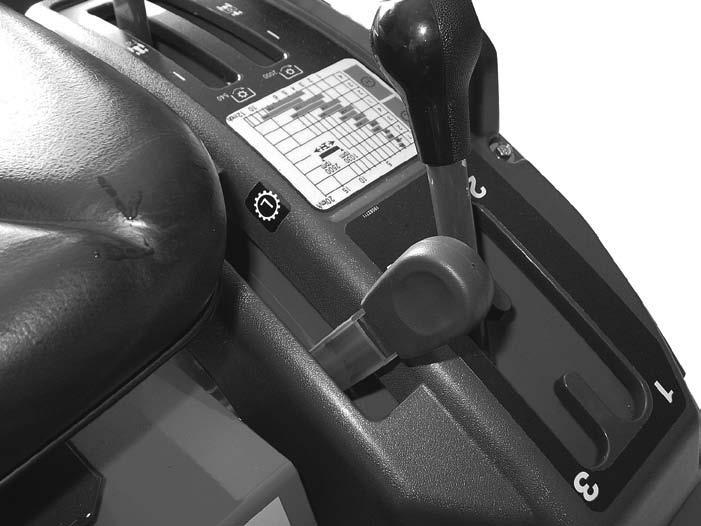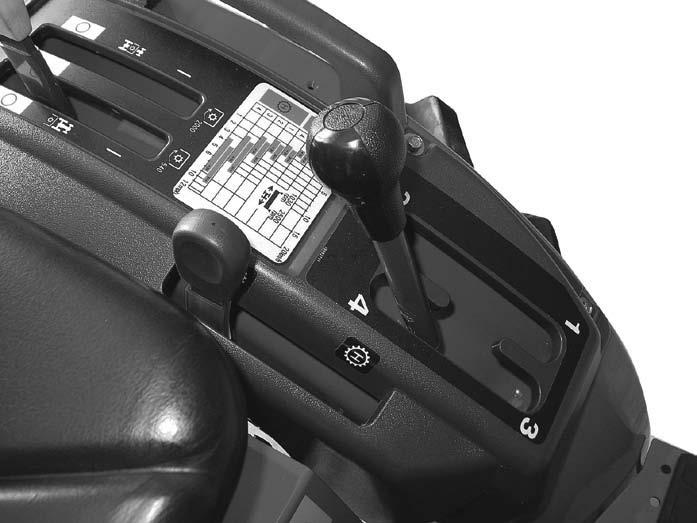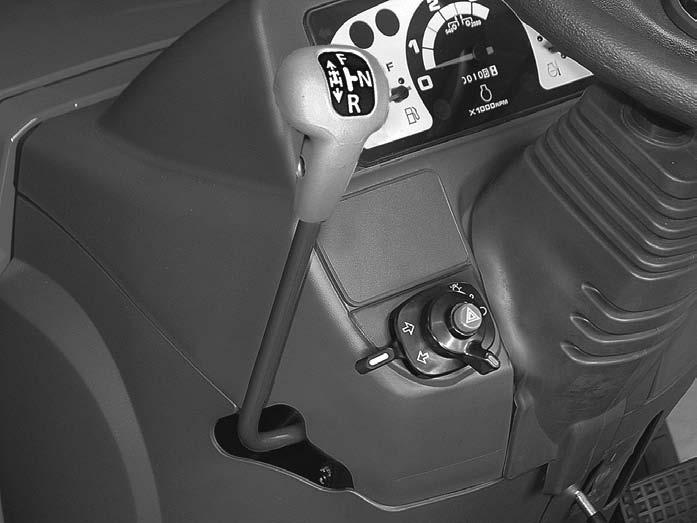
2 minute read
COLD TEMPERATURE OPERATION
To start and operate your tractor during cold ambient temperatures, use these procedures:
1. BATTERY – Must have a full charge.
2. FUEL – Must be clean and with no water.
3. ENGINE OIL – Must have the correct viscosity for the ambient temperature range.
4. TRANSMISSION HYDRAULIC FLUID – Use Hydraulic Transmission fluid.
5. COOLING SYSTEM – Must have ethylene glycol solution for protection.
6. TIRES – If there is liquid in the tires, the tires must have protection against temperatures below 0oC(32oF). See your Dealer.
7. STOPPING THE ENGINE – Run the engine at idle speed for a short period of time to permit the engine temperature to decrease before stopping.
8. CONDENSATION IN FUEL TANK – To prevent condensation in the fuel tank and water entering the fuel system, fill the fuel tank after each operating day.
9. FUEL FILTER CUP – During cold ambient temperatures, make sure you remove water from the fuel filter cup each day.
NOTE: Do not use ether as a cold temperature starting aid.
IMPORTANT: During cold ambient temperatures, never run the engine at low idle speed for long periods of time.
During cold ambient temperatures, the engine will not heat to or keep the rated operating temperature can cause damage to the engine. Use the following procedures to warm the engine and transmission oil, and to keep the correct operating temperature.
1. WARMING THE ENGINE AND TRANSMISSION.
A. To heat the transmission oil to operating temperature, run the engine at 1500 RPM for approximately five minutes.
IMPORTANT: Operating the tractor with cold transmission oil can cause rough tractor operation with possible injury to the operator.
2. KEEP THE ENGINE AT CORRECT OPERATING TEMPERATURE.
A. Never run the engine below 1500 RPM.
B. Put a cover in front of the grille to control the amount of air going through the radiator
3. STOPPING THE ENGINE
A. R un the engine at slow speed for a short period of time. This will permit the engine temperature to decrease gradually before stopping the engine.
Towing
When towing a tractor, follow these rules:
1. Never pull the tractor faster than a ground speed of 16 Km/h (10MPH).
2. Make sure all controls are in the N (neutral) or OFF position.
3. Because of a possible loss of steering and brakes when the tractor engine is not running, use only a rigid towing bar and safety chains to pull the tractor.
Make sure that the weight of a trailed vehicle that is not equipped with brakes, NEVER EXCEEDS the weight of the machine that is towing the vehicle. Stopping distance increases with increasing speed as the weight of the towed load increases, especially on hills and slops.
How To Transport Tractor
When you transport the tractor by truck or rail, follow these rules:
1. Hold the tractor with tie downs and block the wheels.
2. G ear Drive: Put the gear shift lever in 1 st position and put the rang shift lever in the L position and shuttle shift (over in F or R) position. Hydrostatic Drive: Move the Speed Lock lever to OFF position and put the range shift lever in the L position.
3. Lock the brake pedals together, push the brake pedals down and move the park brake lever to engage the park brake .
Gear Drive Transmission
The gear drive transmission has forward and a reverse gear section and a four-speed main shift gear section, and a two-speed range section. This arrangement gives eight forward and eight reverse speeds.
Transmission Operation
1. Push the clutch pedal and stop the tractor. Move the gear shift lever to the gear needed.

2. Move the range shift lever to the position needed, H, L (The tractor must be stopped before the range lever is operated.)

3. Move the shuttle lever to Forward or Reverse position.
4. Release the clutch pedal slowly
NOTE: When shifting from fourth range to another range, be careful not to run the engine at more than 2000 RPM.
IMPORTANT: Before selecting a new range, push the clutch pedal and stop the tractor. Do not change range when the tractor is moving.










